Cellulose vs Fiberglass for Blown Insulation in Ottawa: Which is Right for Your Home?
When it comes to blown-in insulation in Ottawa , homeowners often debate between cellulose and fiberglass. Both materials offer unique benefits, but understanding their differences is key to maximizing energy efficiency, cost-effectiveness, and comfort. Let’s break down the pros and cons of each, with insights tailored to Ottawa’s climate.
Cost Comparison: Affordability Meets Performance
Cellulose insulation is often praised for its eco-friendly composition of recycled paper fibers. While both materials are similarly priced (around $1.5 – $1.6 per sq. ft), fiberglass is typically less expensive upfront. However, cellulose’s higher R-value (thermal resistance) can lead to long-term savings by reducing heating costs in Ottawa’s cold winters.
Verdict: Fiberglass wins for budget-friendly projects, but cellulose offers better ROI through energy efficiency.
R-Value Showdown: Insulation Power
Cellulose boasts a higher R-value per inch (R-3.2 to R-3.8) compared to fiberglass (R-2.2 to R-4.3, depending on density). This makes cellulose more effective at trapping heat, a critical factor for Ottawa homes facing harsh winters. Fiberglass, however, is quicker to install and resists moisture, making it ideal for damp-prone areas.
Verdict: Cellulose for superior thermal performance; fiberglass for moisture resistance.
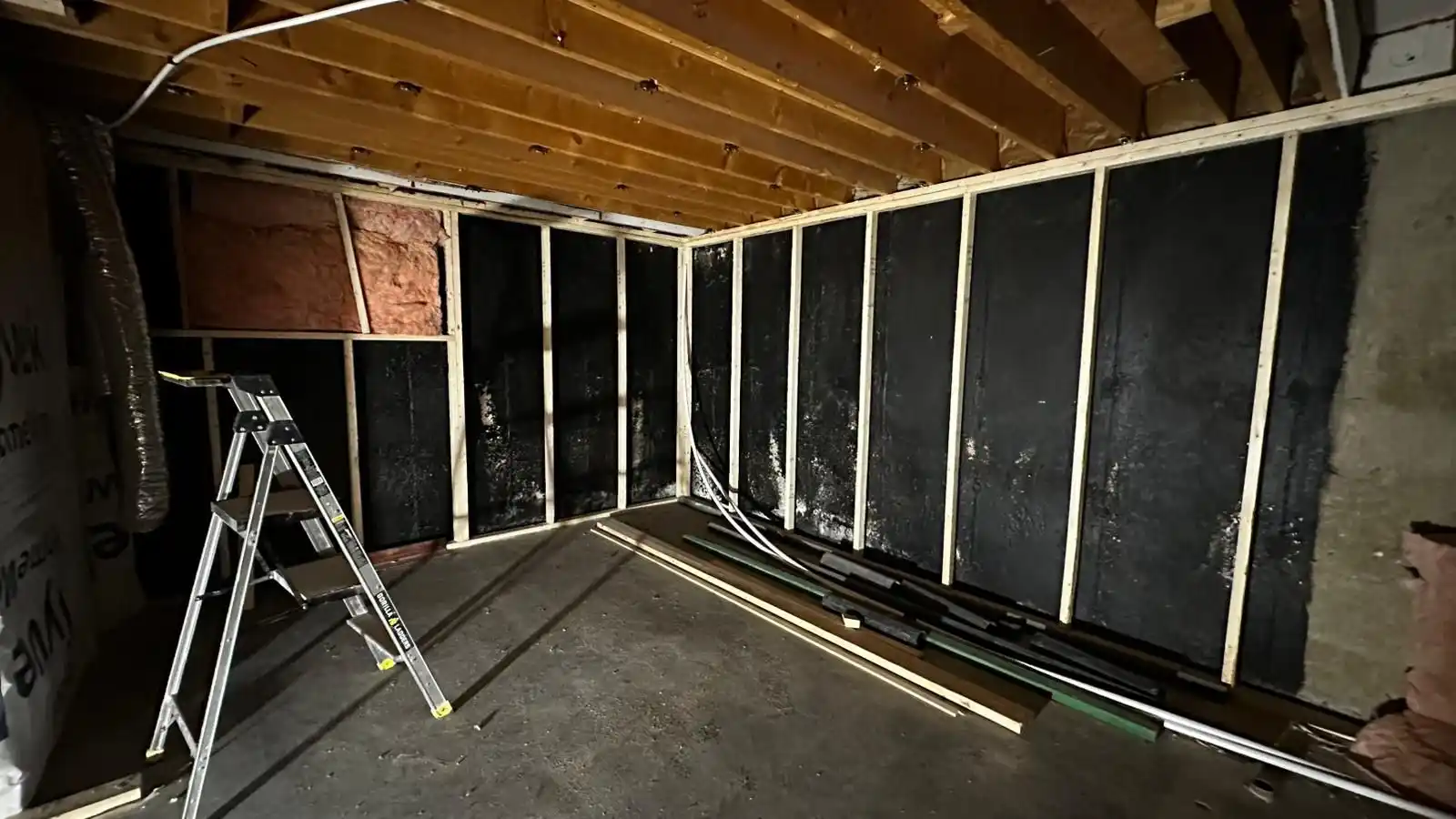

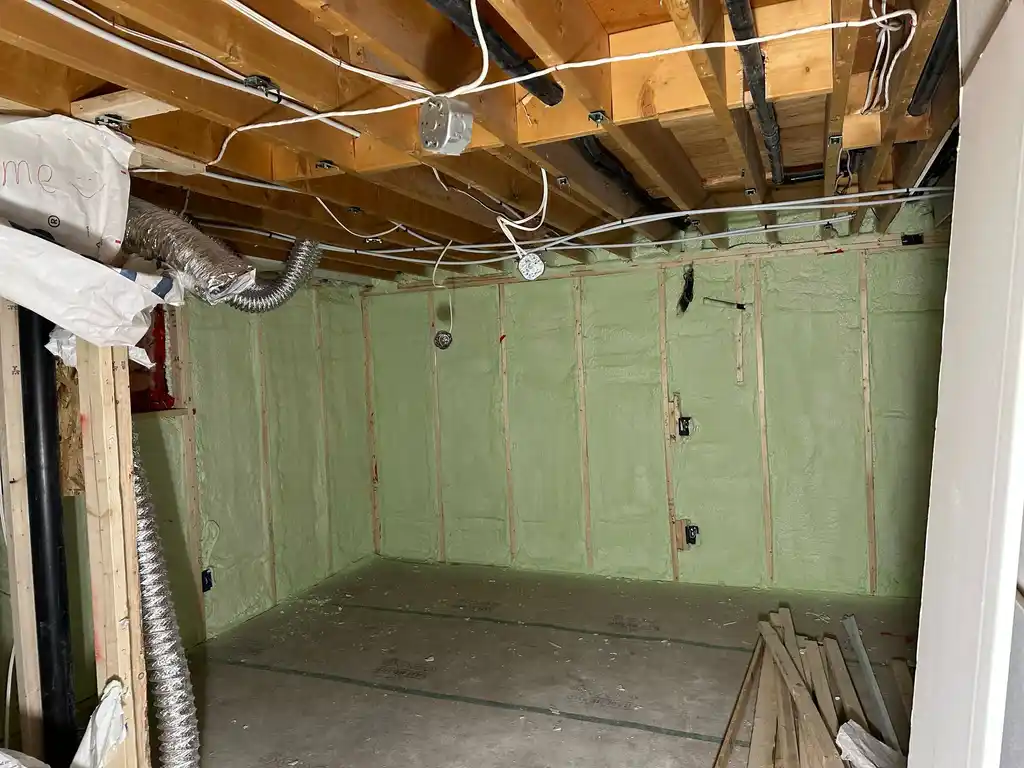


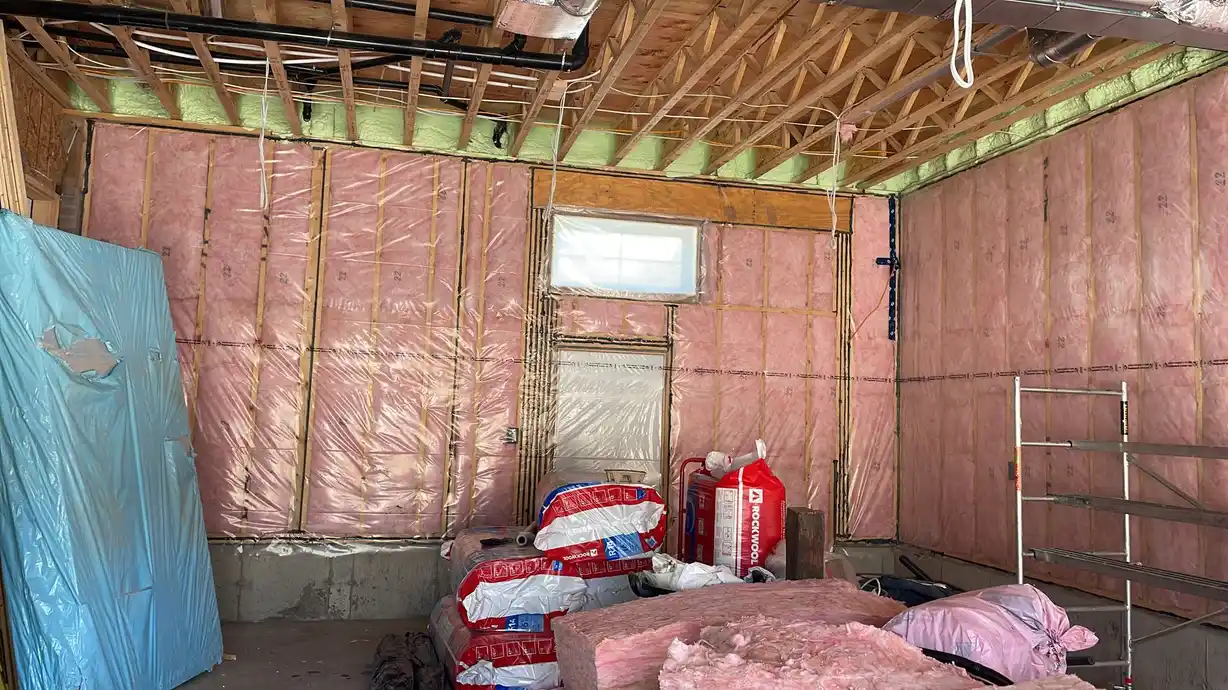
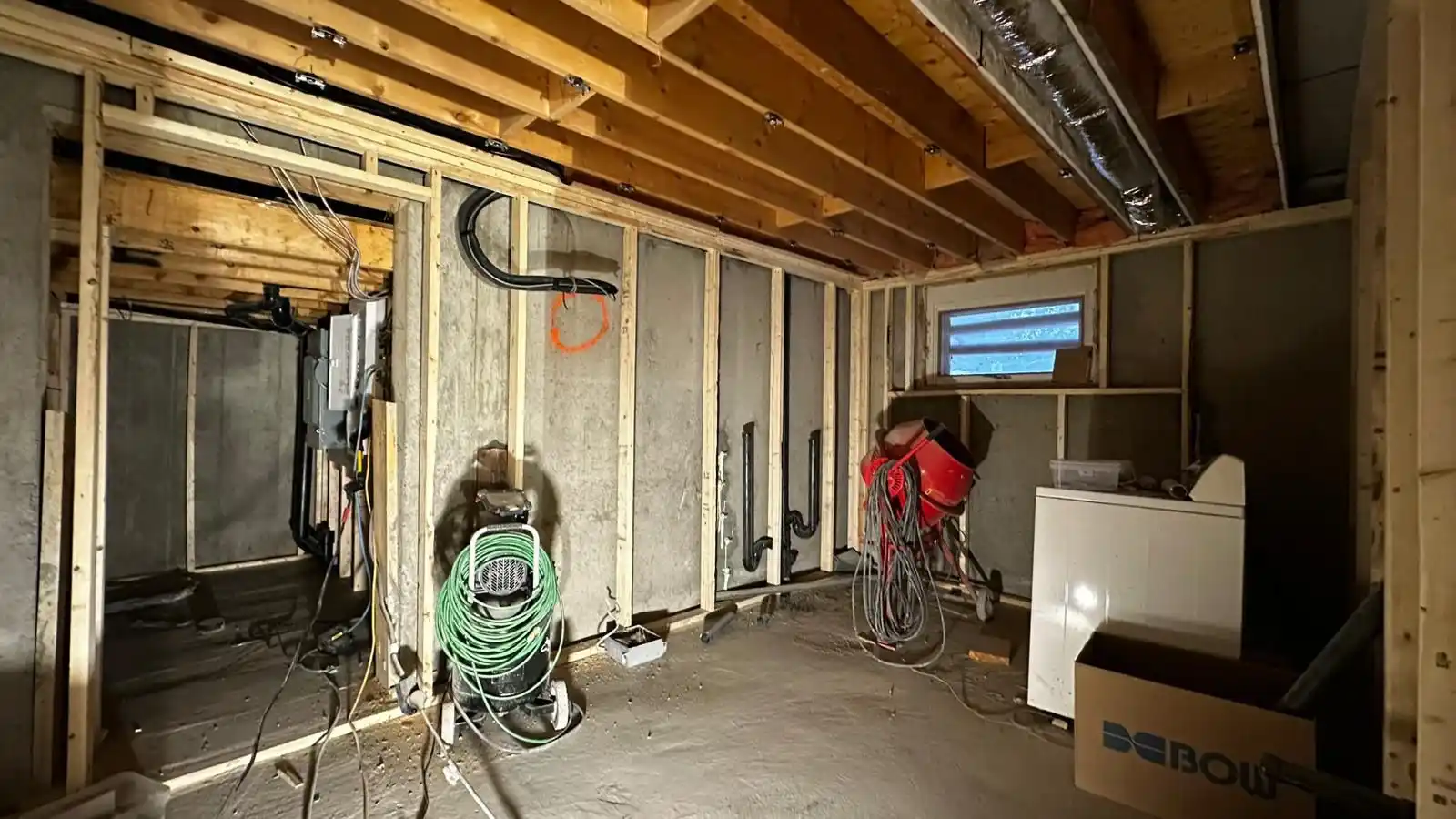


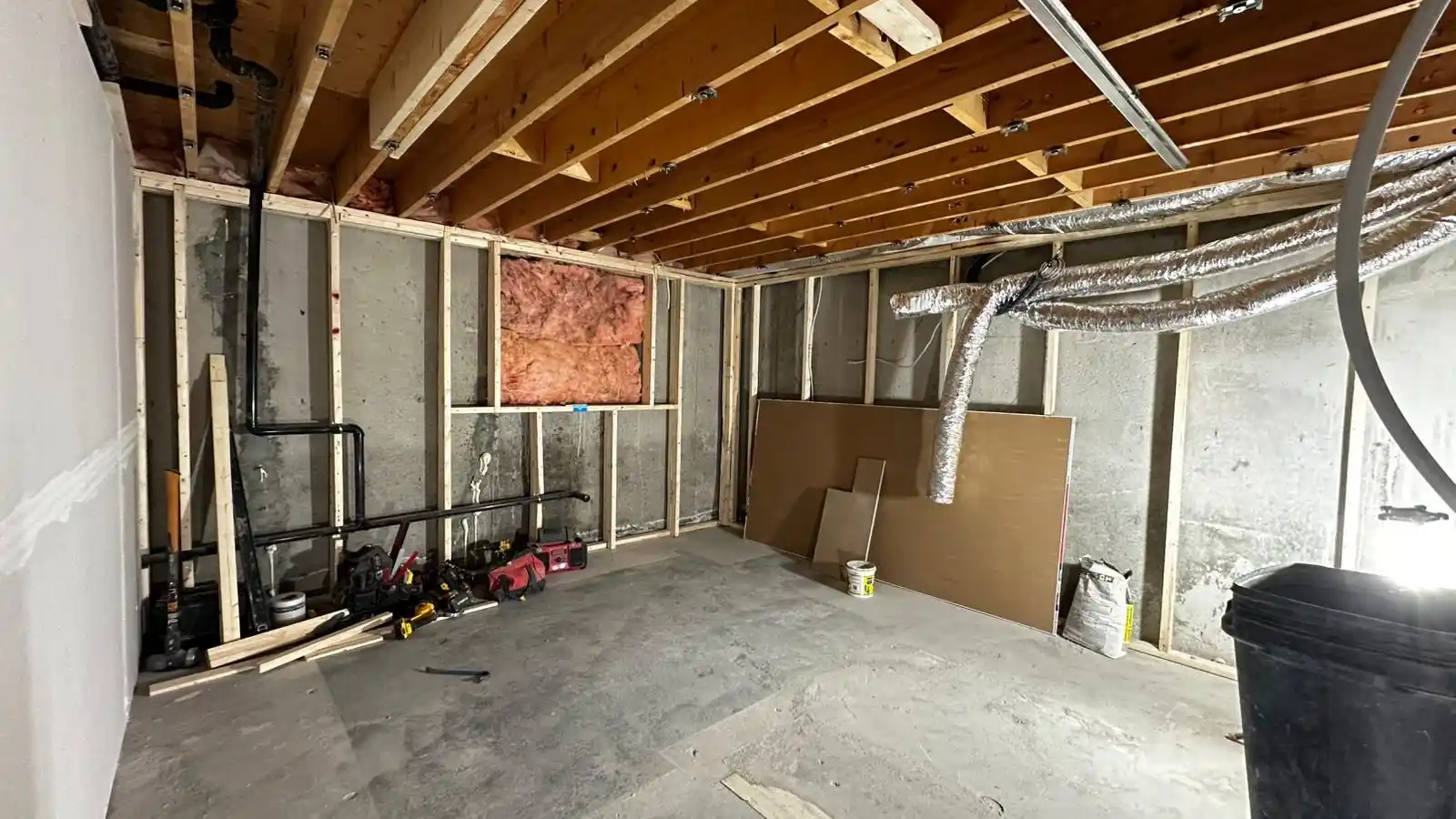

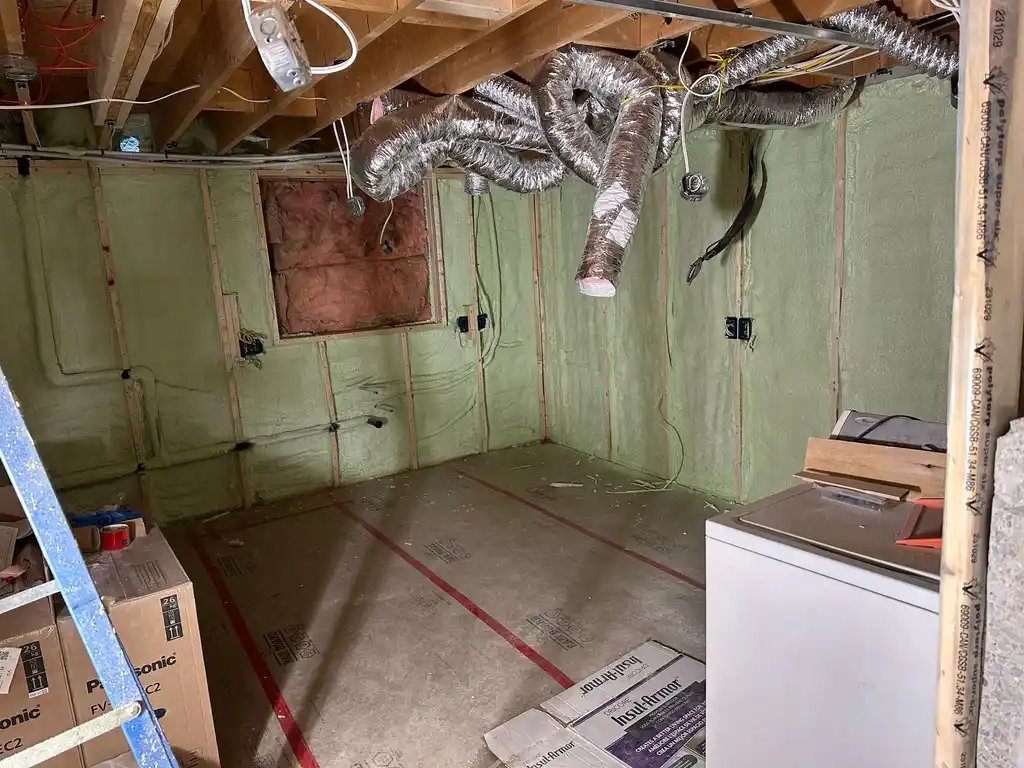
Eco-Friendliness & Safety
Cellulose is the eco-champion, composed of 80% recycled materials, while fiberglass requires more energy-intensive production. Both are fire-resistant, but cellulose’s borate treatment adds protection against pests and mold. Fiberglass, however, does not absorb water, reducing risks in humid climates.
Verdict: Choose cellulose for sustainability; fiberglass for moisture-prone spaces.
Installation Process & Expertise
Blown-in insulation requires precision. While DIY kits exist, professional installation ensures optimal coverage and performance. MUS Energy Solutions excels in custom on-site insulation , leveraging expertise to seal gaps and enhance air barriers—critical for Ottawa’s temperature extremes.
Why Trust MUS Energy Solutions?
- Expertise in Air Barrier Technology : Our spray foam and blown-in solutions create airtight seals, boosting energy efficiency.
- Indoor Air Quality Focus : We conduct blower door tests and recommend HRVs for balanced ventilation.
- Customer-Centric Approach : From consultation to post-installation support, we prioritize your satisfaction.
Trustindex verifies that the original source of the review is Google. A group of very dedicated young individuals. Their commitment to their craft is commendable. Their prices are very competitive and affordable and they are very courteous and efficient. I will recommend their services to anyone needing it.Tunde Asaju2025-03-24Trustindex verifies that the original source of the review is Google. Amazing work!Ali Fakih2025-03-17Trustindex verifies that the original source of the review is Google. Excellent services, great communication. Highly recommended.John Price2025-01-16Trustindex verifies that the original source of the review is Google. Best of the best! I got 3 different quotes, MUS ENERGY price was competitive and the service was worth every dollarDana Brown2025-01-15Trustindex verifies that the original source of the review is Google. Review for Mus Energy Ahmed I had a great experience with Mus Energy Ahmed! The customer service was excellent—Ahmed was professional, helpful, and attentive to all my needs. Their pricing is competitive, and the overall service exceeded my expectations. I highly recommend Mus Energy Ahmed to anyone looking for reliable and affordable attic insulation & energy solutions. Thank you for the awesome service!Muhammad Talha2024-12-28Trustindex verifies that the original source of the review is Google. Great experience from MUS energy, learnt lots of new things about saving energy in my home. The owner also was very informative and kind. He helped my husband and me with getting rebates and was very helpful with anything we needed. Thanks for all your hard work. 😄Melanie Terlecki2024-11-11Trustindex verifies that the original source of the review is Google. Good price and excellent services. Highly recommended 👍Akshay2024-10-22
Featured Snippet: Cellulose vs Fiberglass Quick Comparison
| Feature | Cellulose | Fiberglass |
|---|---|---|
| Cost | Slightly higher upfront | Lower initial cost |
| R-Value | R-3.2–3.8 | R-2.2–4.3 |
| Eco-Friendly | Recycled materials | Moderate |
| Moisture Resistance | Requires treatment | Naturally water-resistant |
| Lifespan | 20–30 years | 25–50 years |
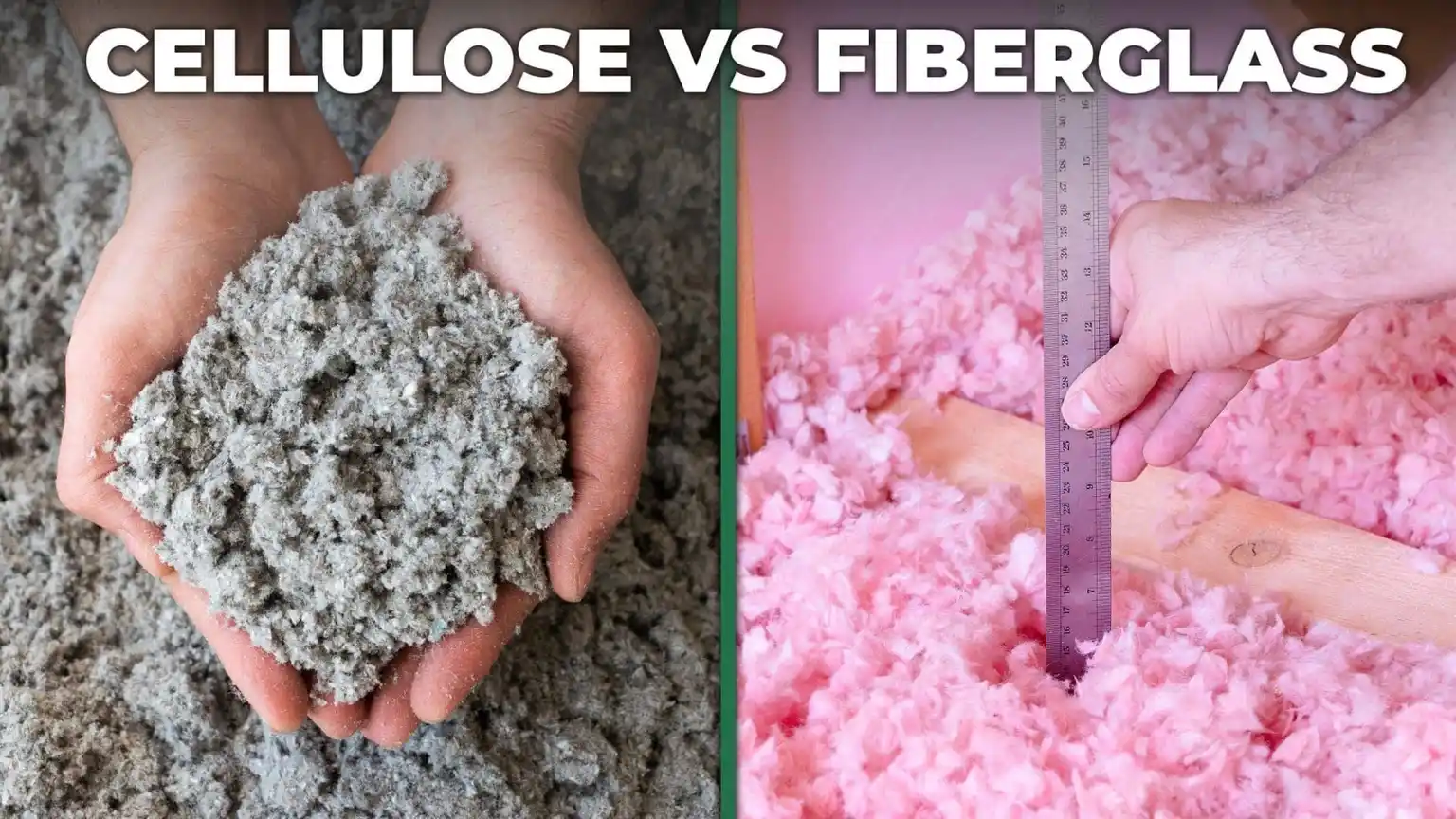
Which is Best for Ottawa Homes?
Ottawa’s climate demands insulation that balances R-value, moisture resistance, and durability. Cellulose is ideal for eco-conscious homeowners seeking high thermal performance, while fiberglass suits tight budgets or areas prone to humidity. For specialized needs, consider spray foam insulation —a premium option offering unmatched air sealing [MUS Spray Foam Services] .
FAQs Cellulose vs Fiberglass
1. Which is better for Ottawa’s climate: cellulose or fiberglass insulation?
Answer: Cellulose is ideal for Ottawa’s harsh winters due to its higher R-value (R-3.2–3.8), providing superior thermal performance. Fiberglass (R-2.2–4.3) is better for moisture-prone areas but may require thicker installation to match cellulose’s efficiency.
2. How do costs compare between cellulose and fiberglass?
Answer: Both materials cost $1.5 – $1.6 per sq. ft. upfront, but cellulose offers long-term savings via higher energy efficiency. Fiberglass is slightly cheaper initially but may cost more over time due to lower R-value.
3. Is cellulose insulation eco-friendlier than fiberglass?
Answer: Yes. Cellulose is made from 80% recycled materials, while fiberglass production is more energy-intensive. Both are fire-resistant, but cellulose also resists pests and mold with borate treatments.
4. Can I install blown-in insulation over existing fiberglass?
Answer: Yes! Cellulose can be blown over existing fiberglass insulation, provided the fiberglass is dry and undamaged. This boosts R-value without removing old material.
5. Does fiberglass insulation resist moisture better?
Answer: Fiberglass is naturally moisture-resistant, making it suitable for damp areas like basements. Cellulose requires borate treatments to prevent mold/mildew but still outperforms fiberglass in thermal efficiency.
6. How long do cellulose and fiberglass insulation last?
Answer: Cellulose lasts 20–30 years, while fiberglass can endure 25–50 years with proper installation. Both degrade faster if exposed to moisture or pests.
7. Should I hire a professional for blown-in insulation?
Answer: Yes. Professional installation ensures optimal coverage and air sealing, critical for Ottawa’s climate. MUS Energy Solutions specializes in custom, airtight installations and conducts blower door tests for quality.
8. Can I combine cellulose and fiberglass insulation?
Answer: Yes, cellulose can be layered over fiberglass to enhance R-value without compatibility issues. Consult MUS Energy Solutions to design a hybrid solution for your home.
9. What’s the difference in installation time?
Answer: Fiberglass is quicker to install due to its lightweight nature. Cellulose requires specialized equipment but fills gaps more effectively, reducing air leaks.
10. Are there alternatives to blown-in insulation?
Answer: Spray foam insulation offers unmatched air sealing and R-value (R-6–7 per inch) but is pricier. MUS Energy Solutions provides spray foam as a premium option for Ottawa homes.
Get in touch and get a free quote today
At MUS Energy Solutions , we tailor insulation solutions to your home’s unique needs. Whether you choose cellulose, fiberglass, or spray foam, our team ensures flawless installation and lasting comfort.
📞 Contact us today to schedule a consultation or explore our services
Areas We Proudly Serve:
Ontario
Frontenac, Lanark, Leeds and Grenville, Lennox and Addington, Ottawa, Prescott and Russell, Renfrew, Stormont, Dundas and Glengarry
Quebec
Antoine-Labelle, Argenteuil, Beauharnois-Salaberry, Deux-Montagnes, Gatineau, L'Assomption, La Rivière-du-Nord, La Vallée-de-la-Gatineau, Laval, Le Haut-Saint-Laurent, Les Collines-de-l'Outaouais, Les Laurentides, Les Moulins, Les Pays-d'en-Haut, Longueuil, Mirabel, Montréal, Papineau, Pontiac, Roussillon, Thérèse-De Blainville, Vaudreuil-Soulanges,

